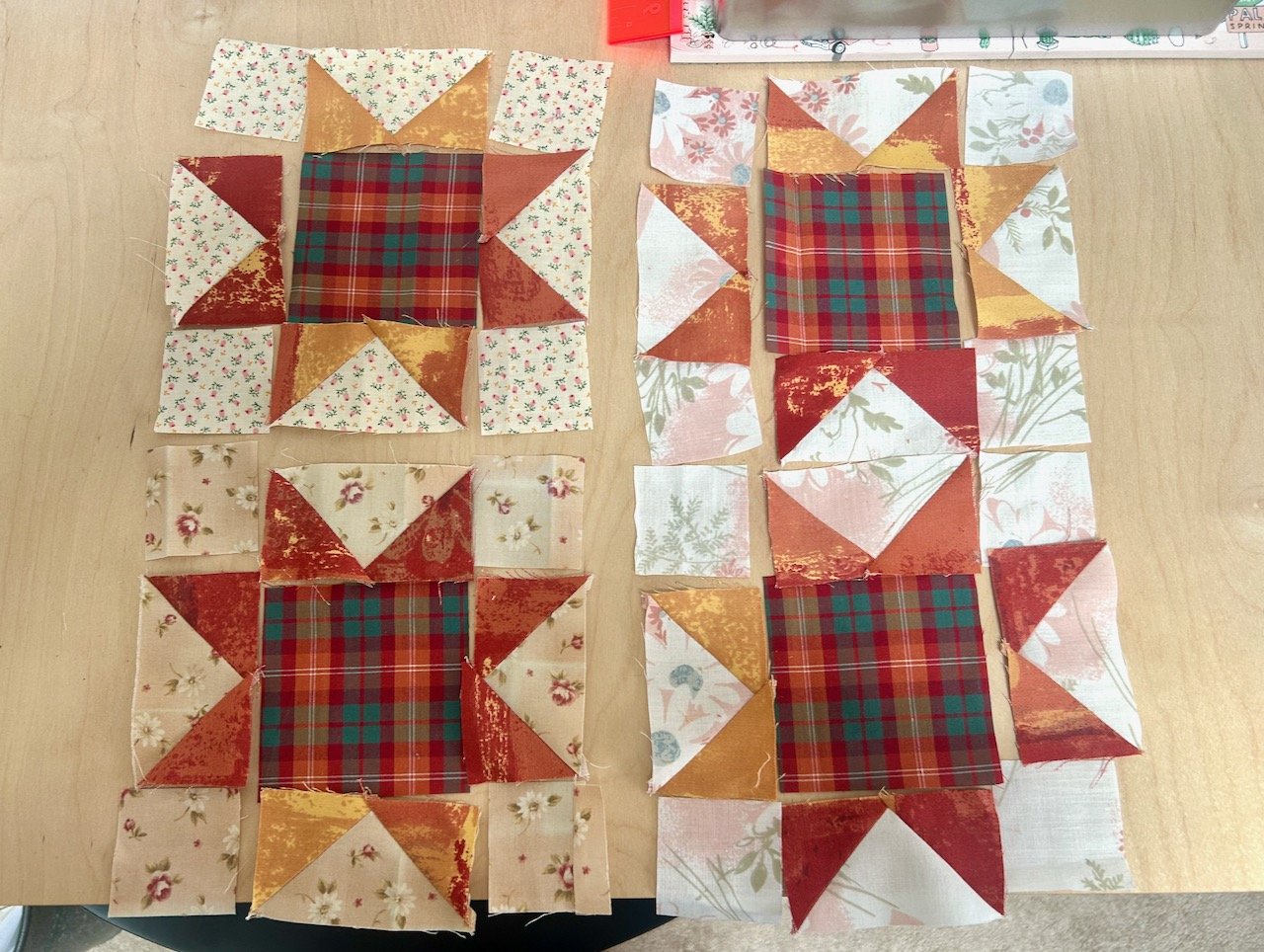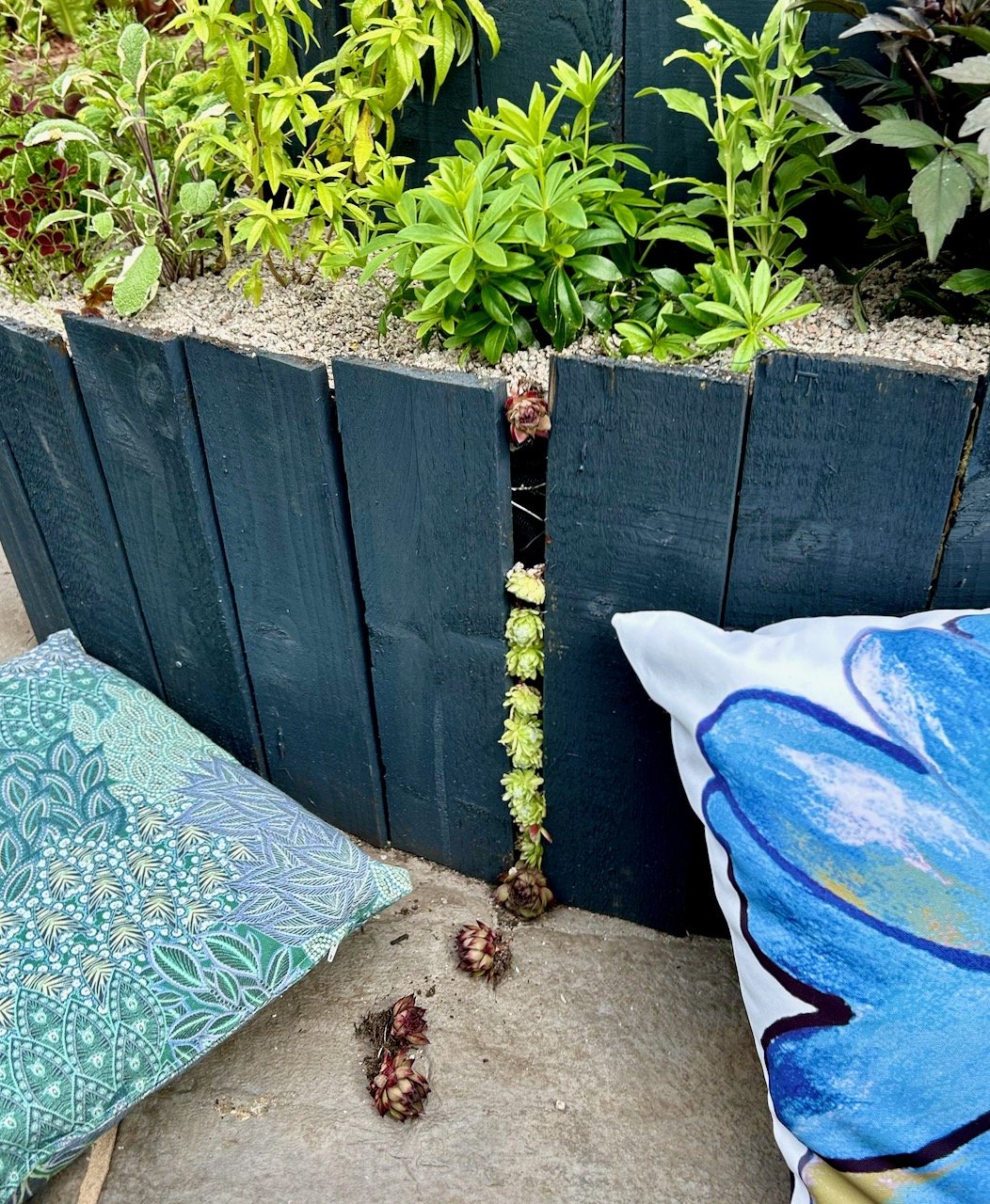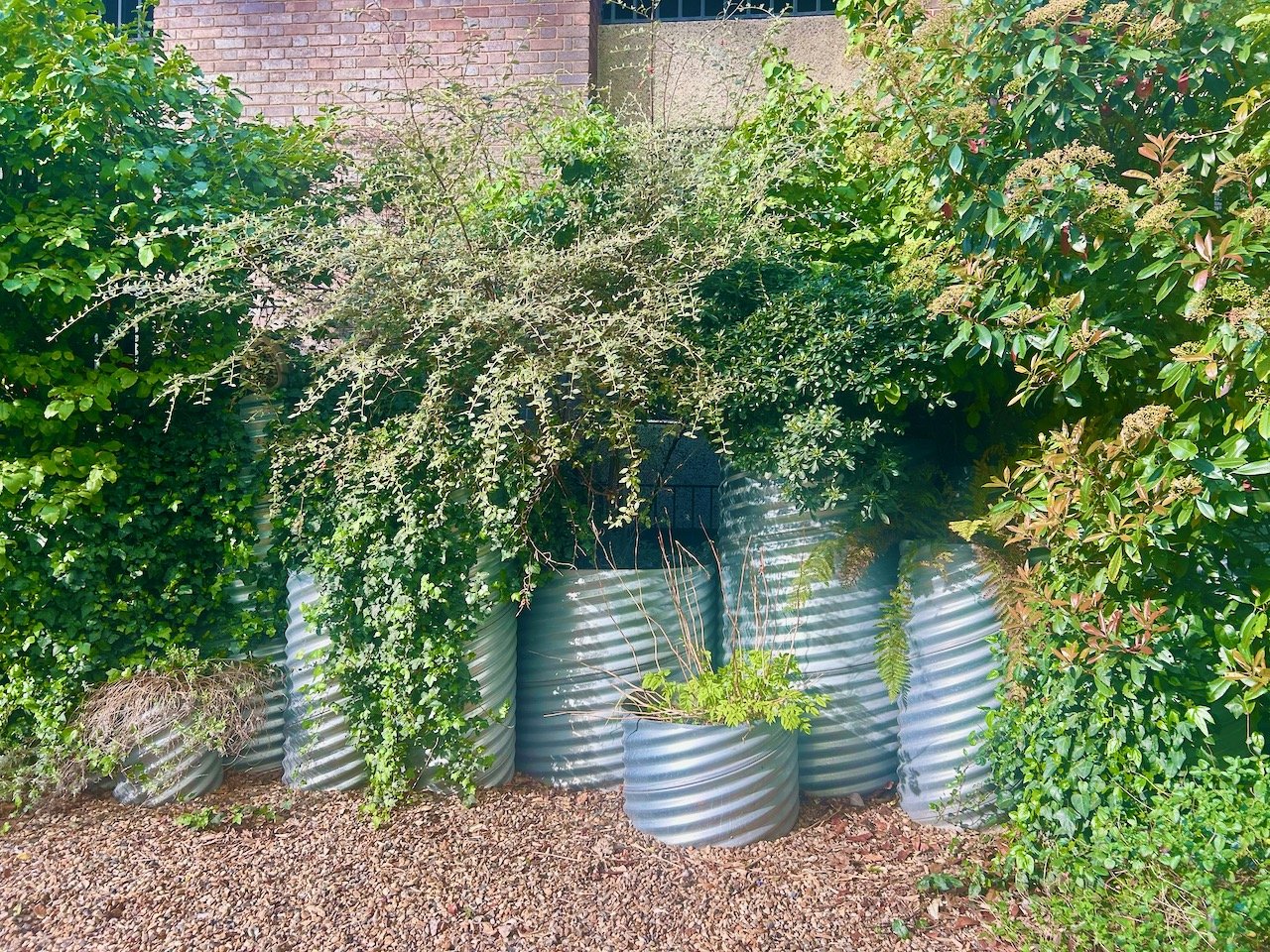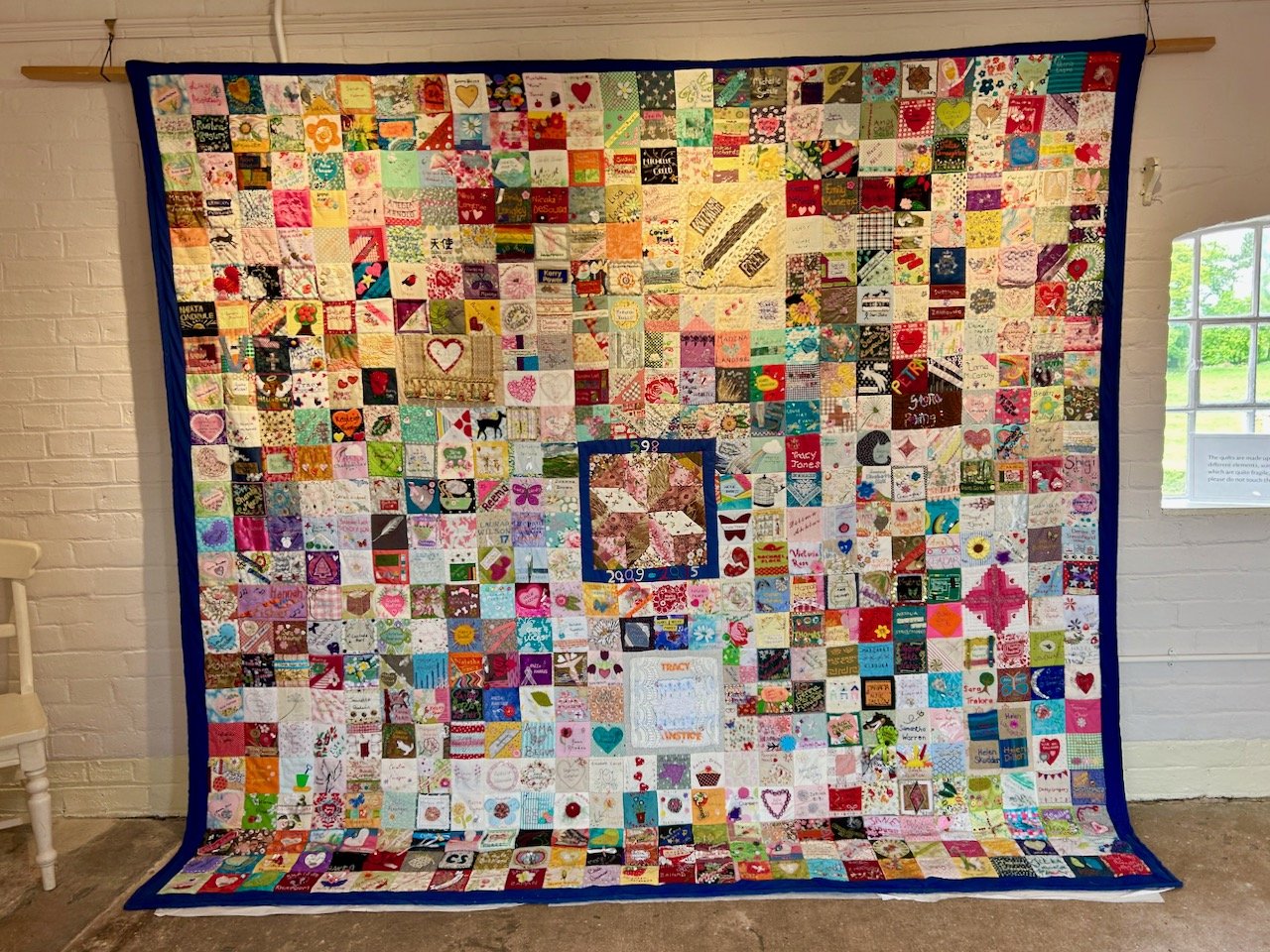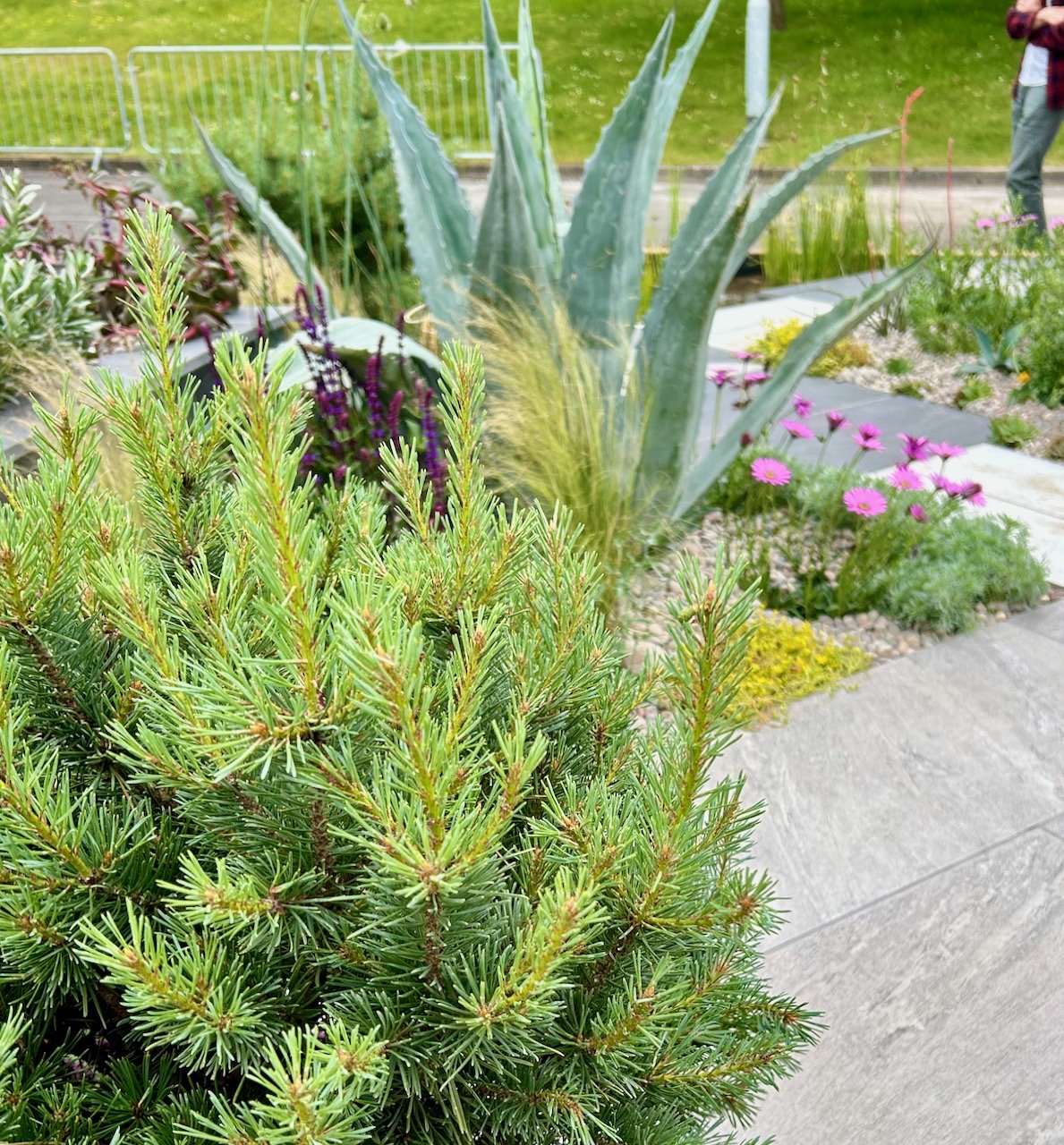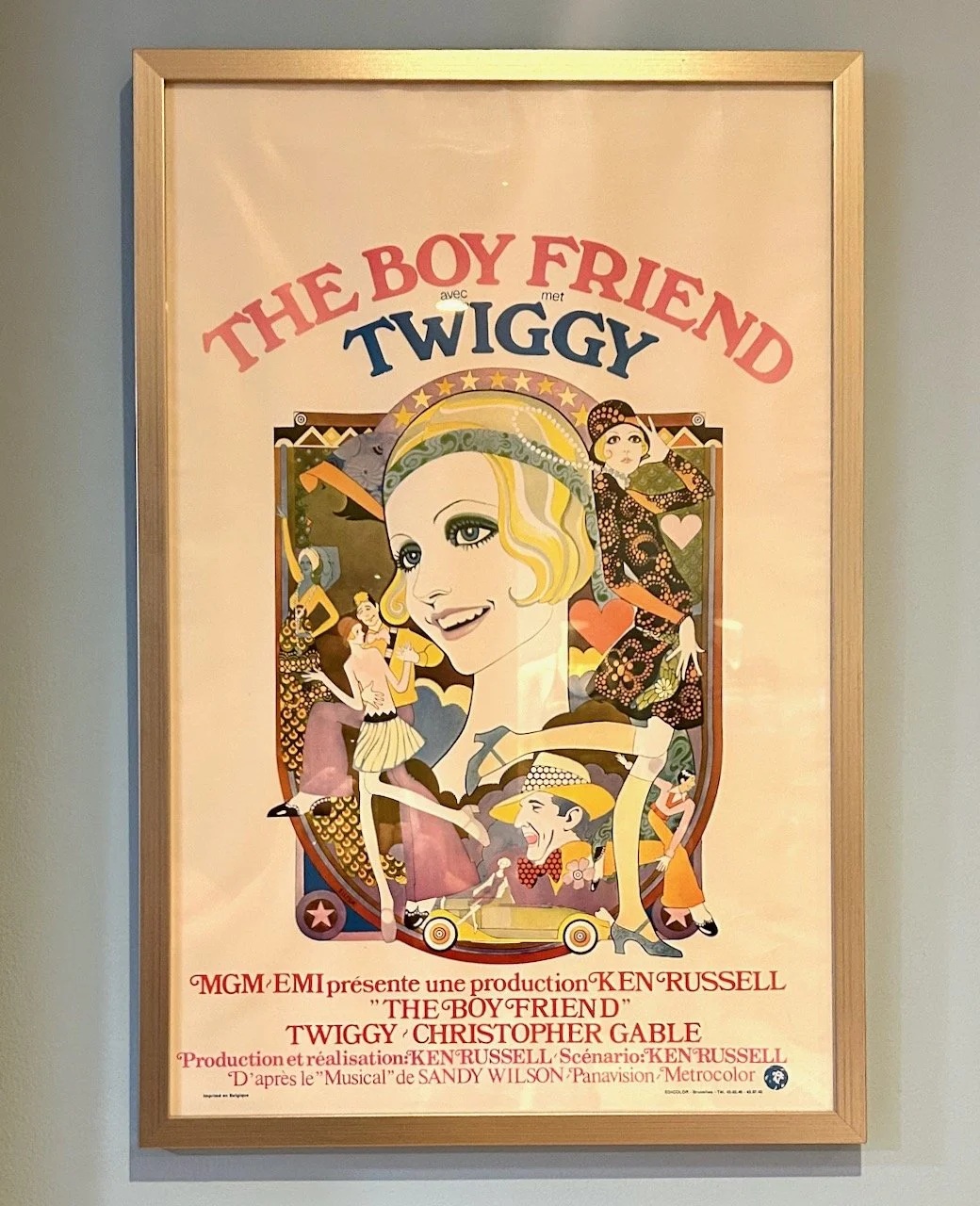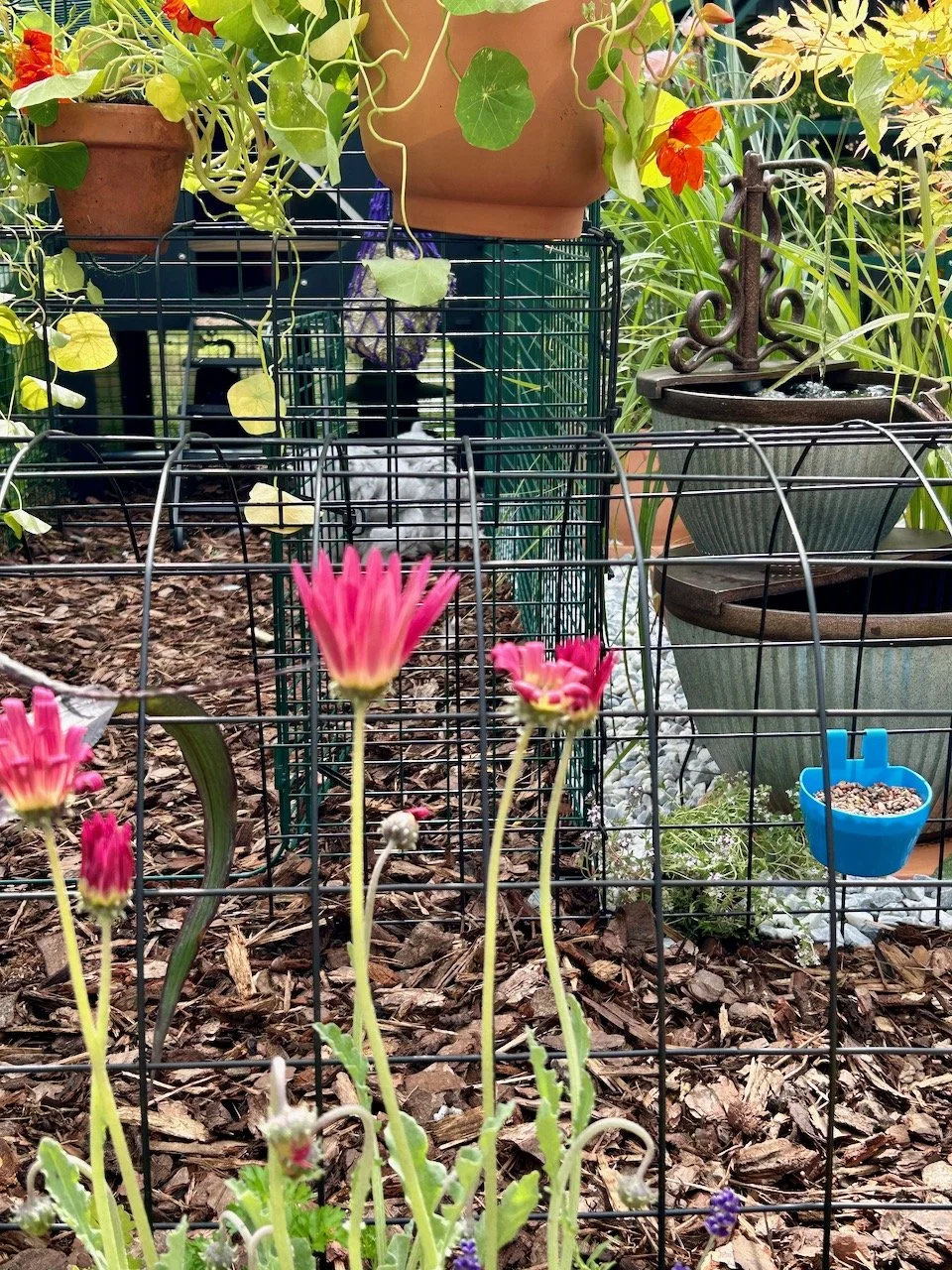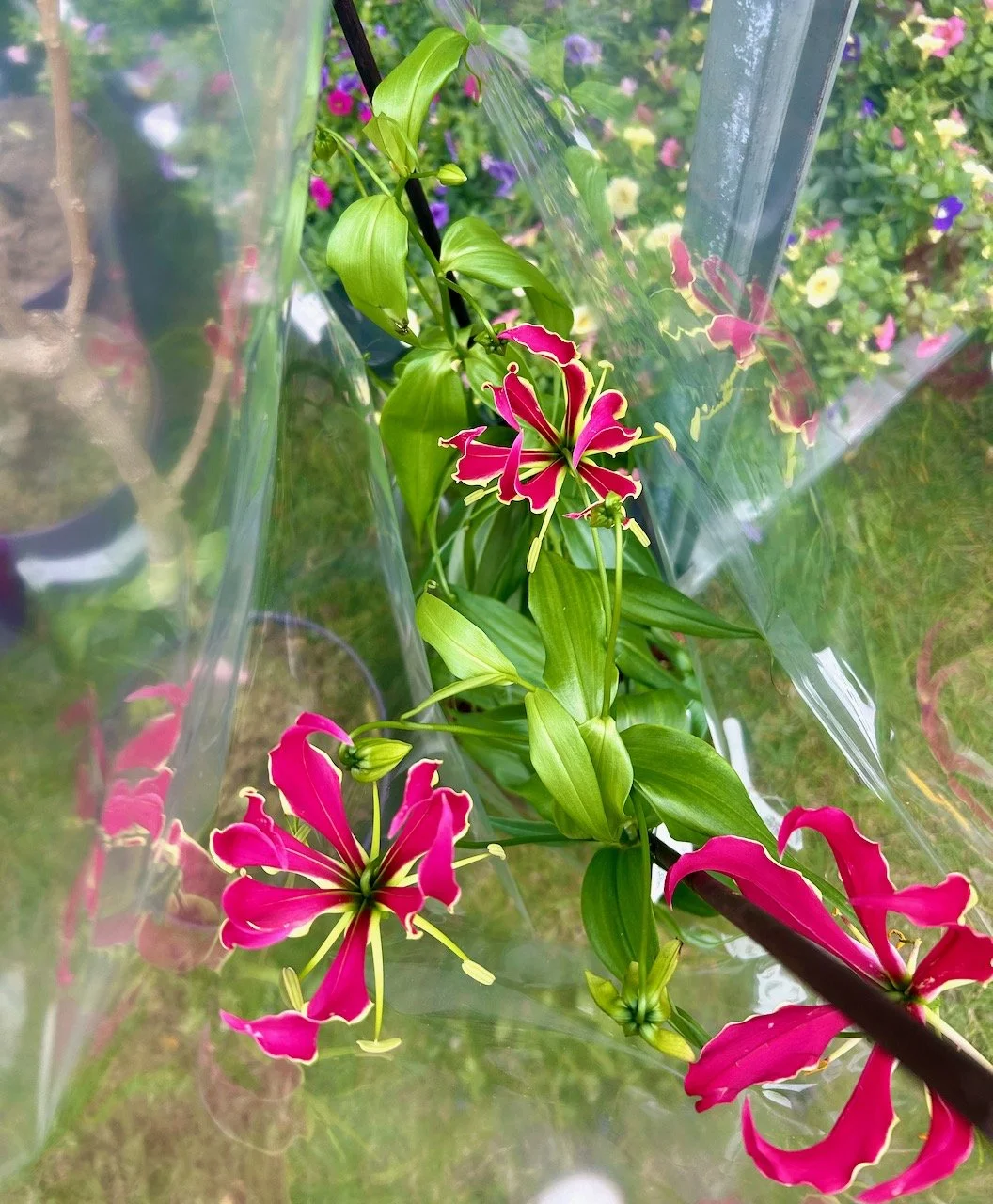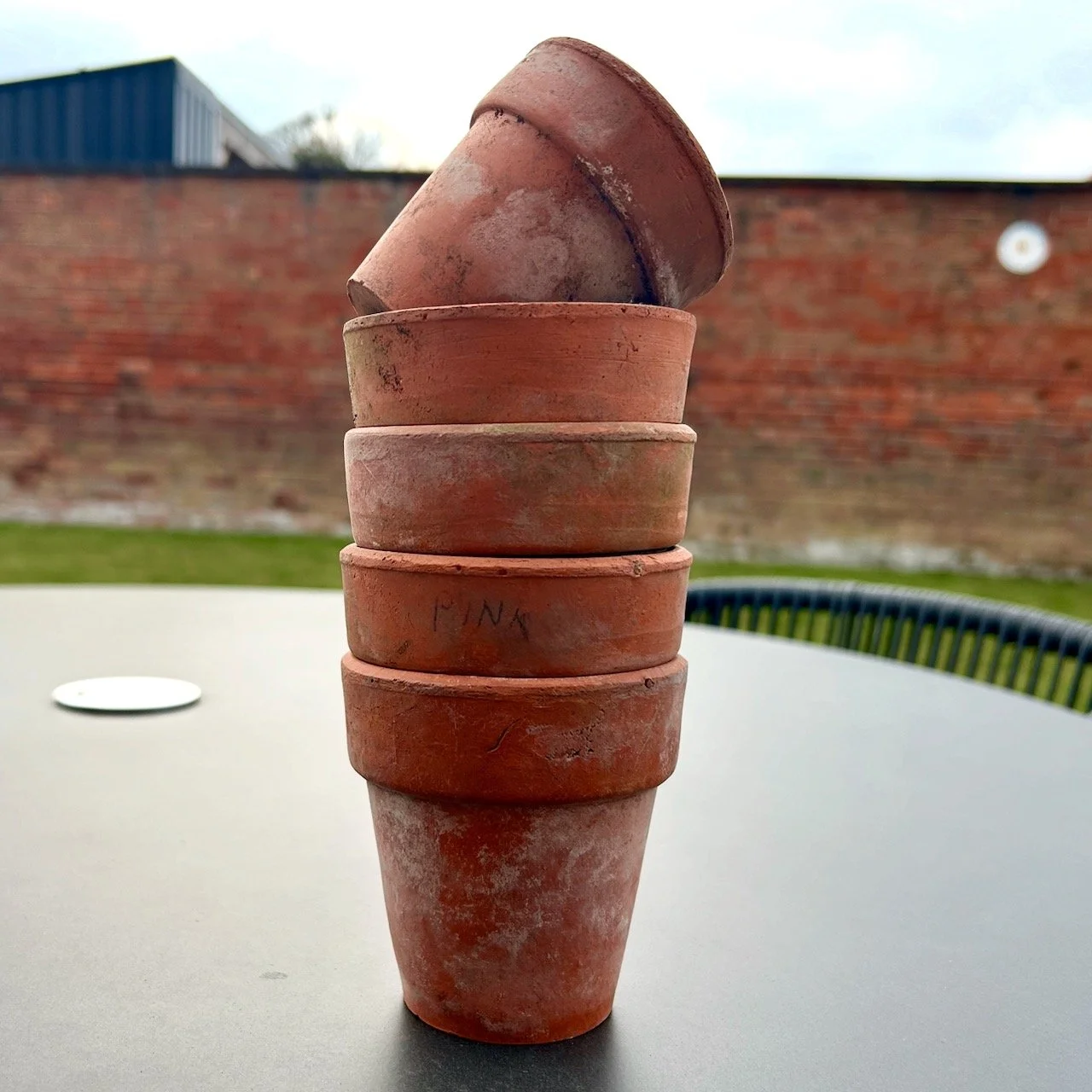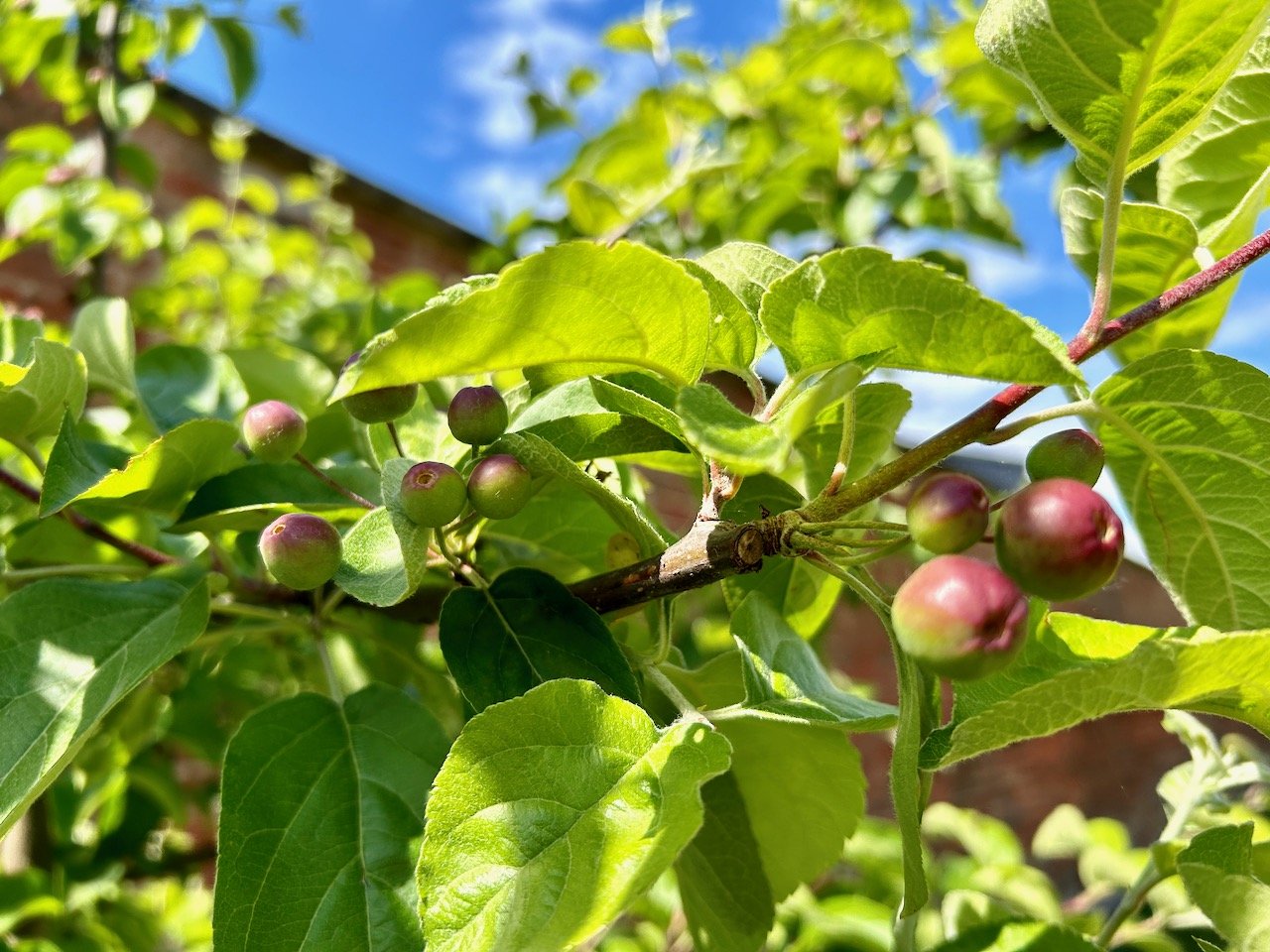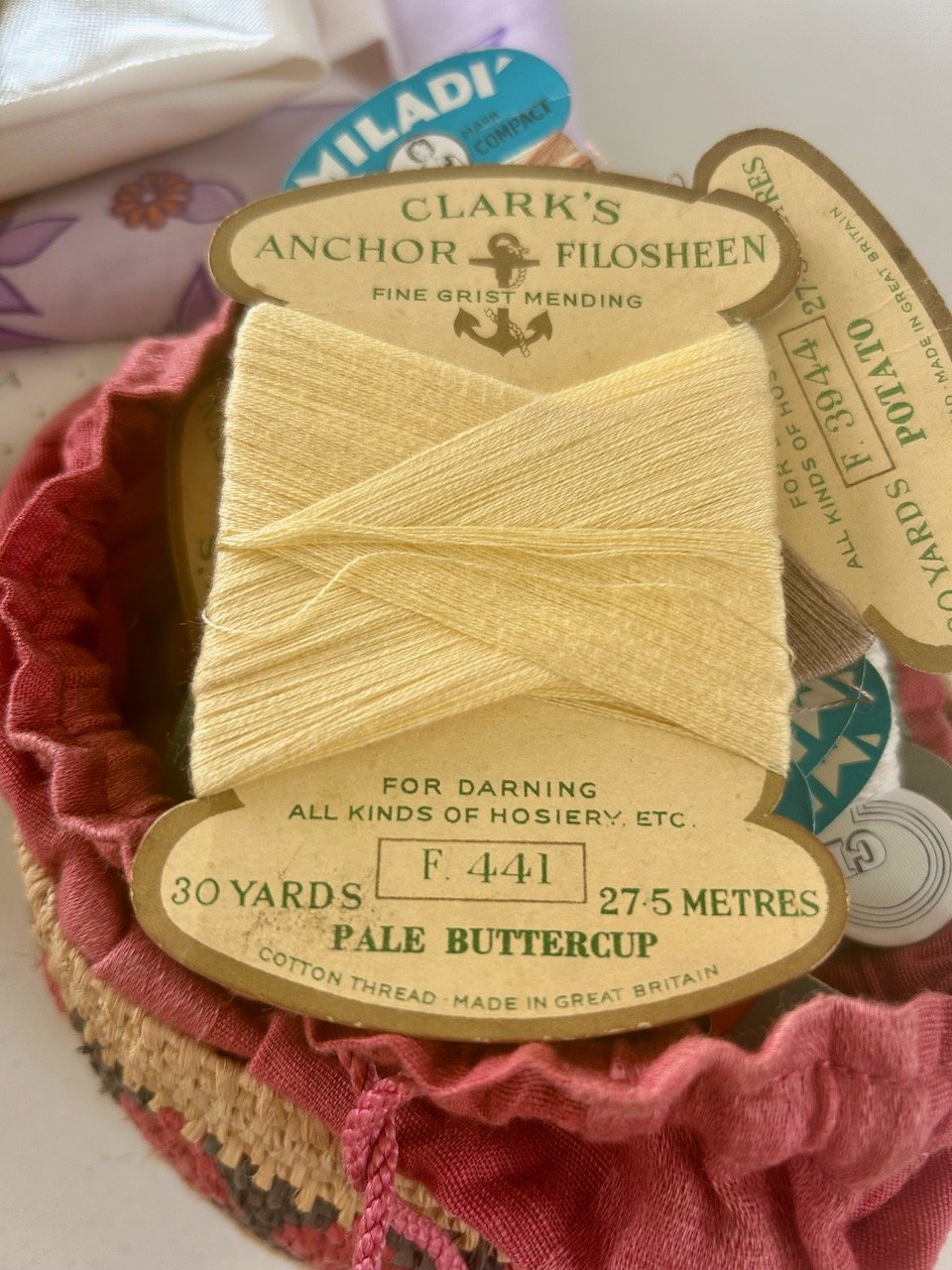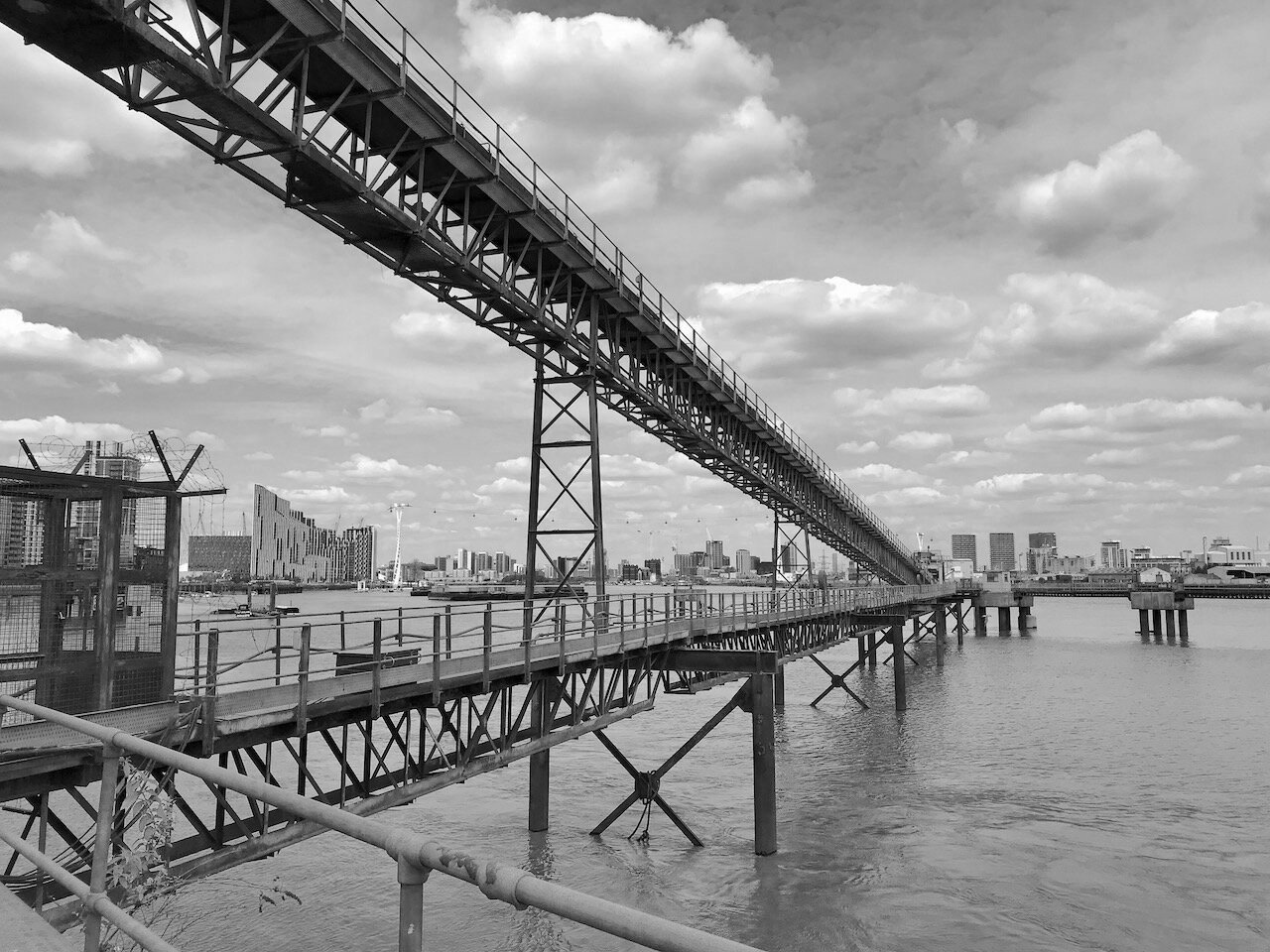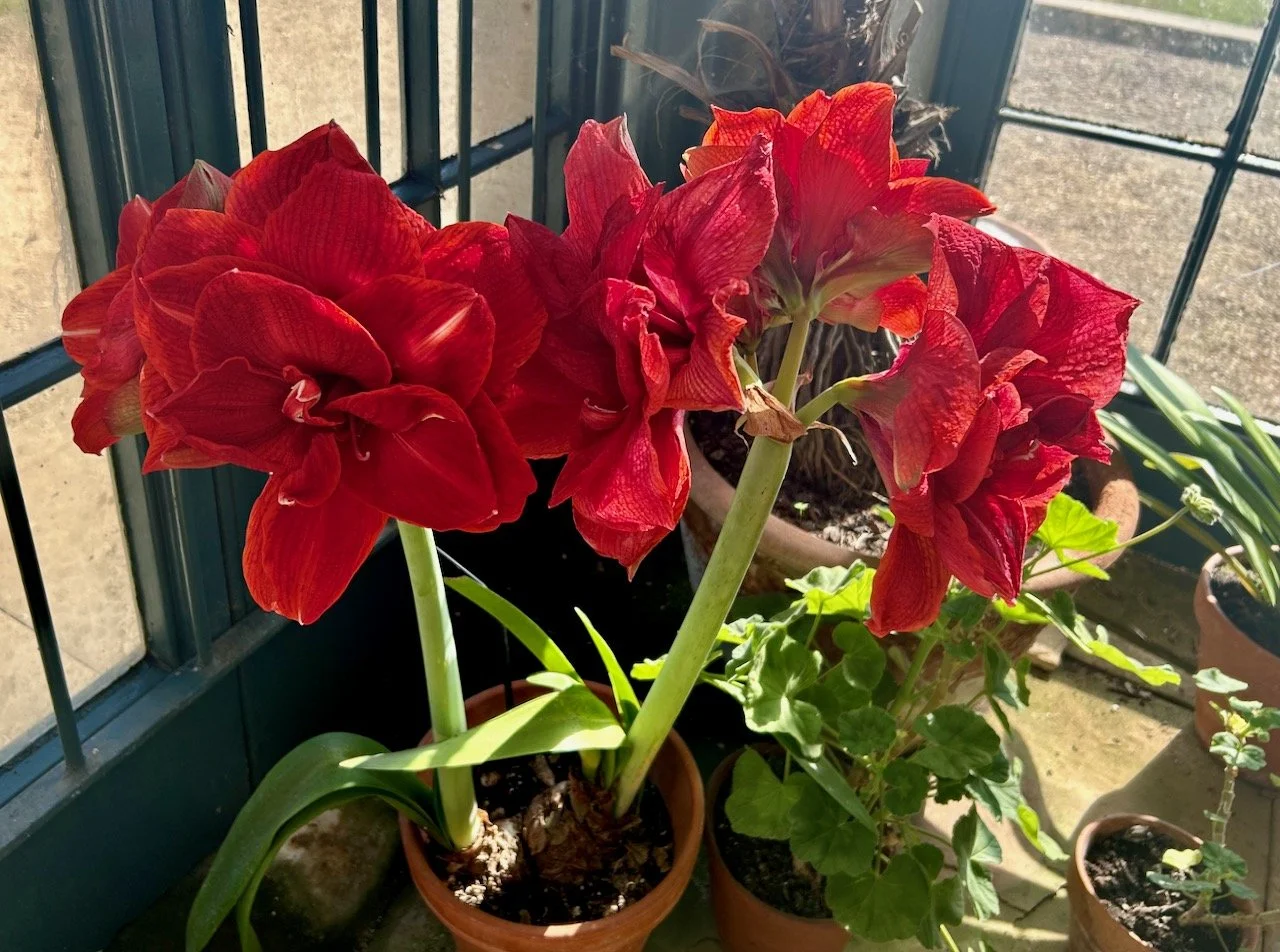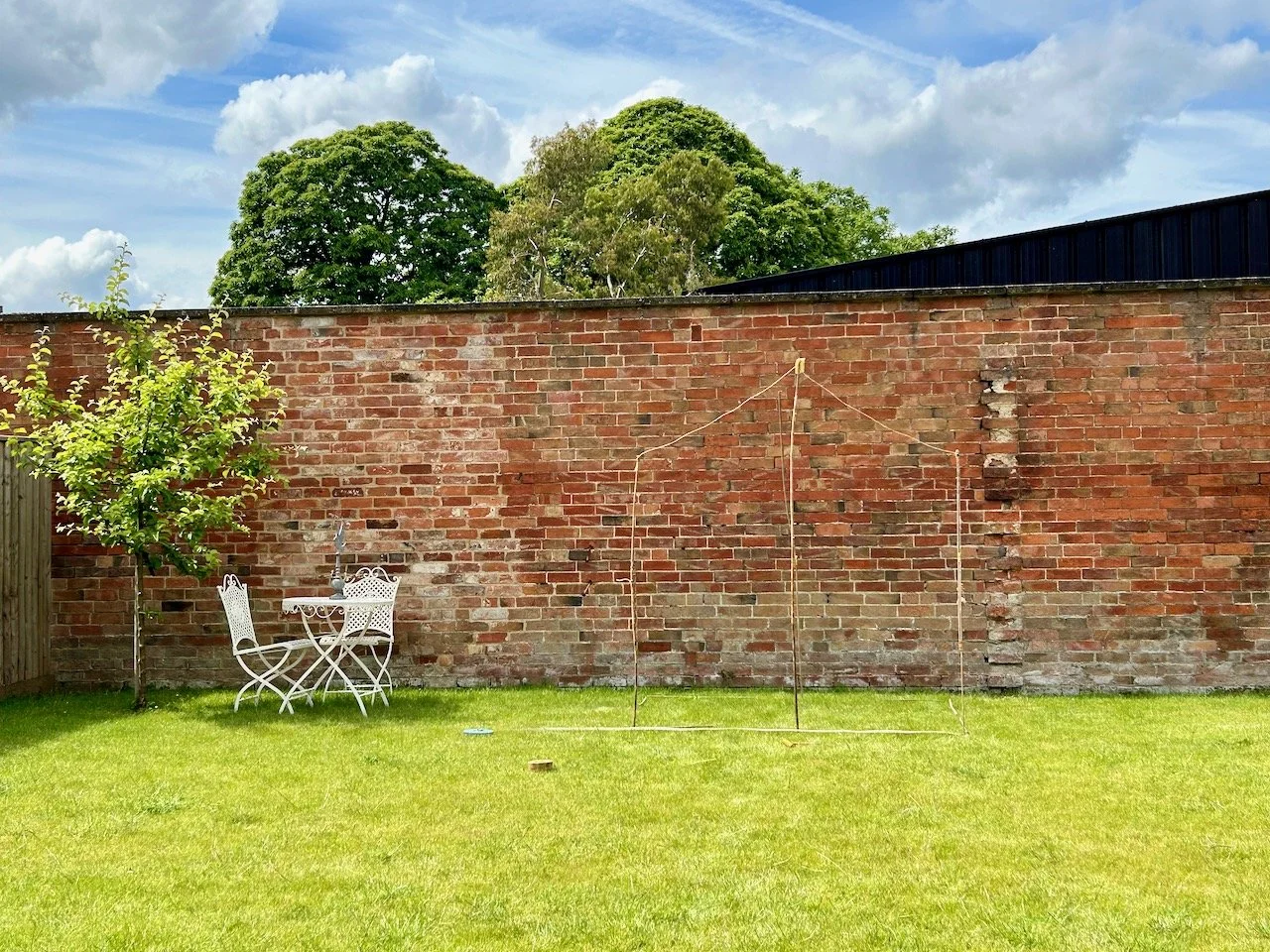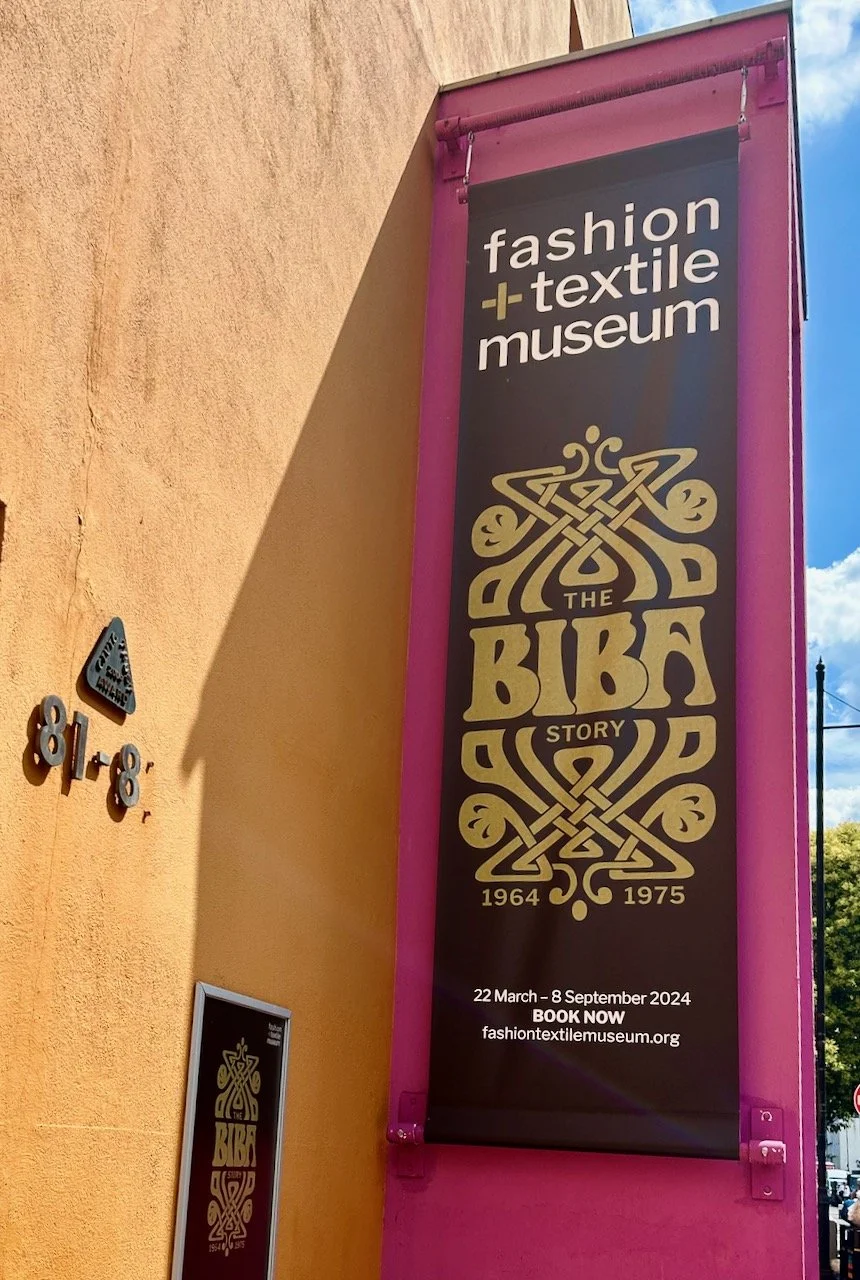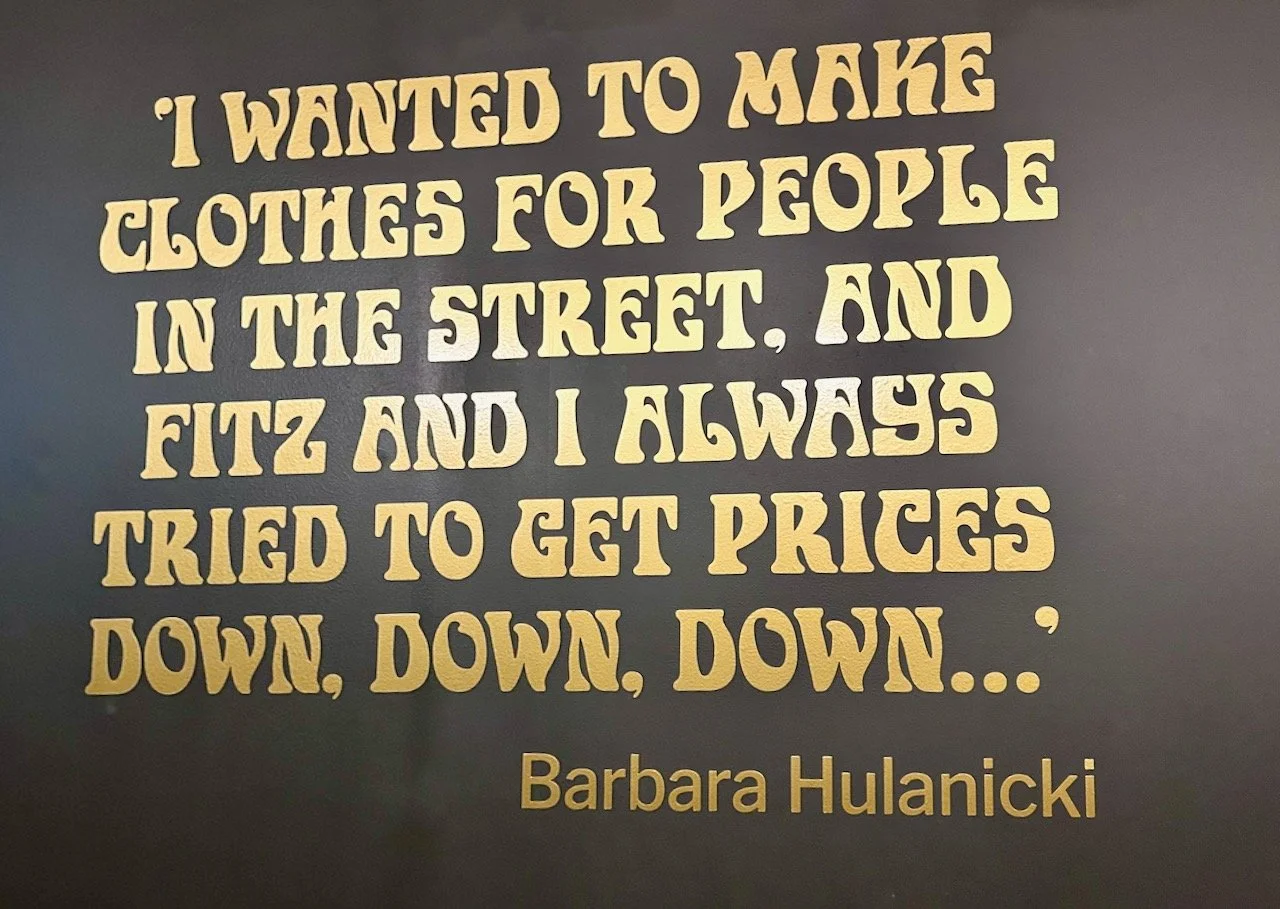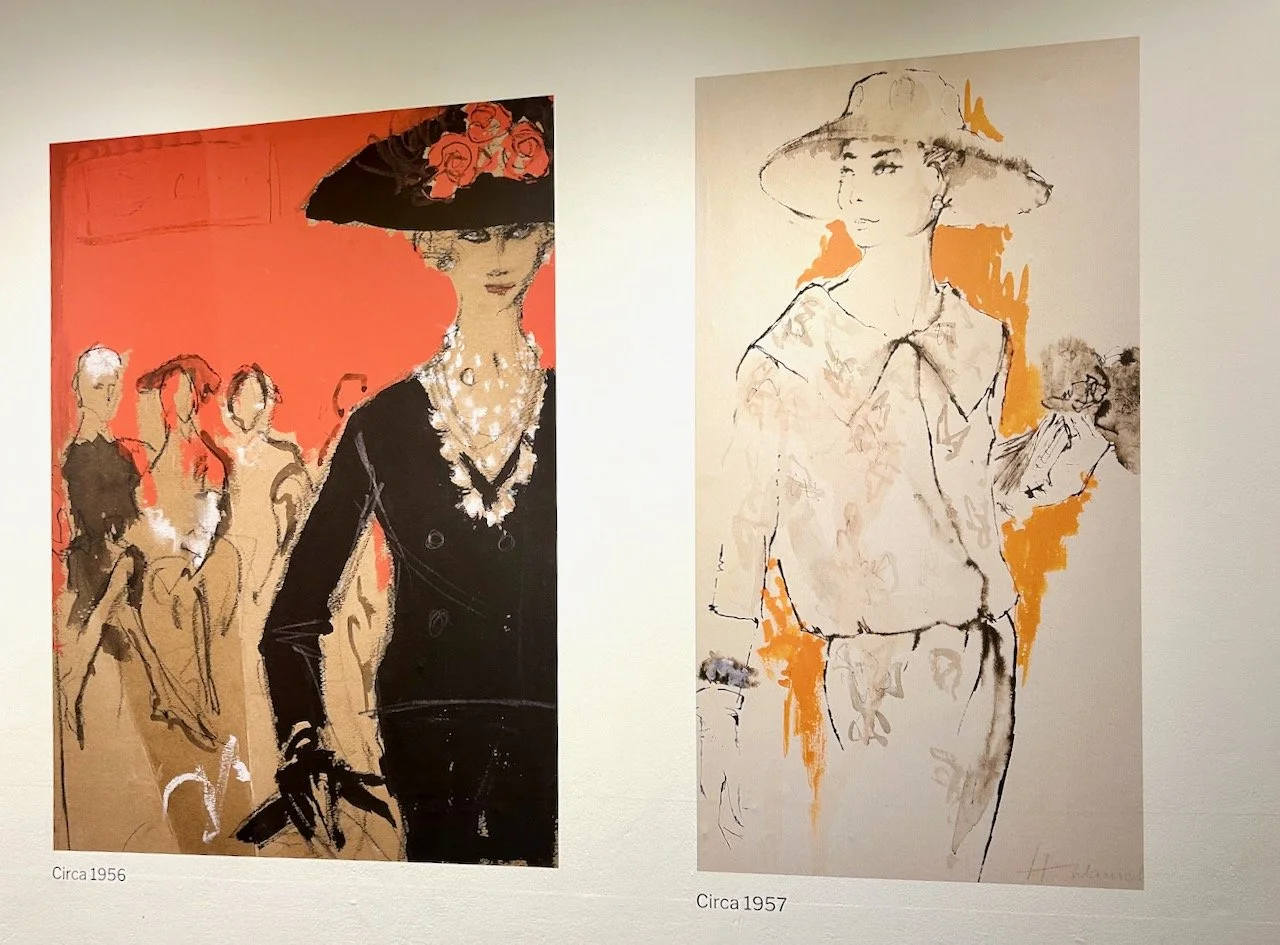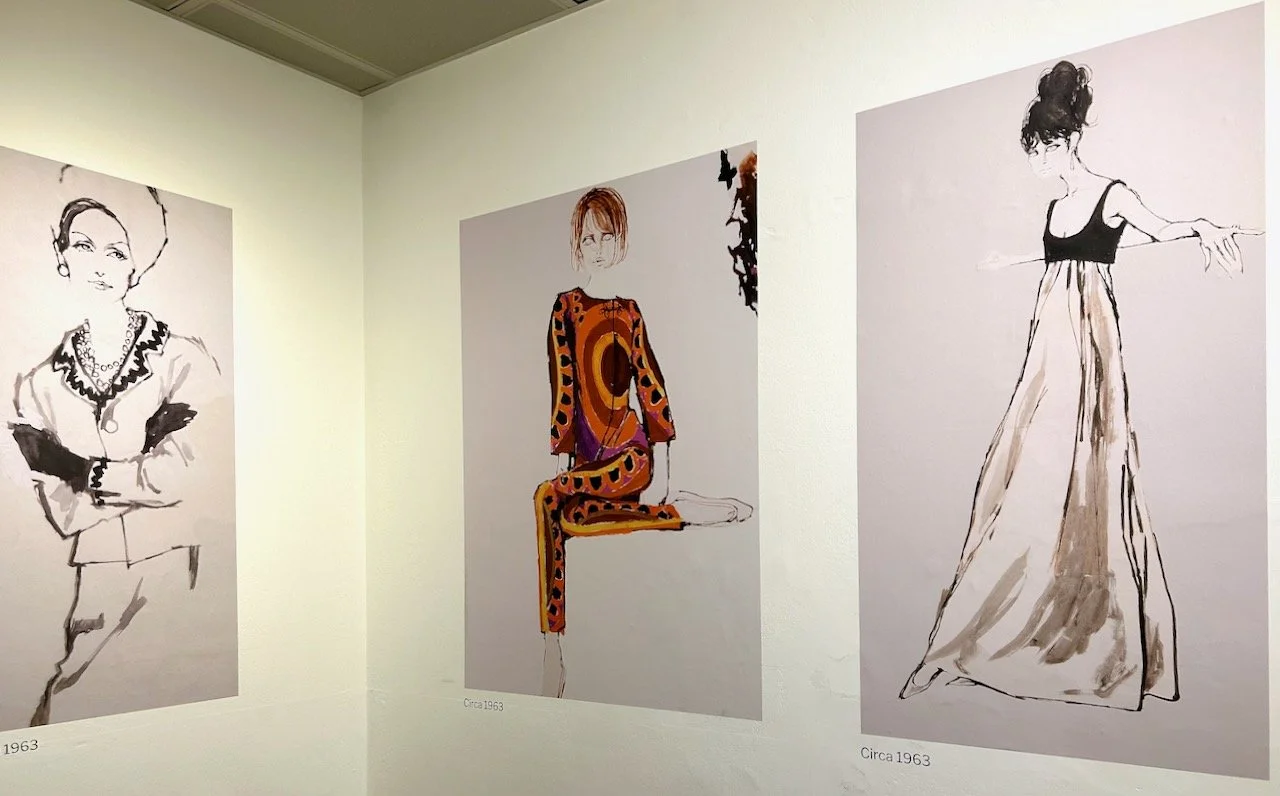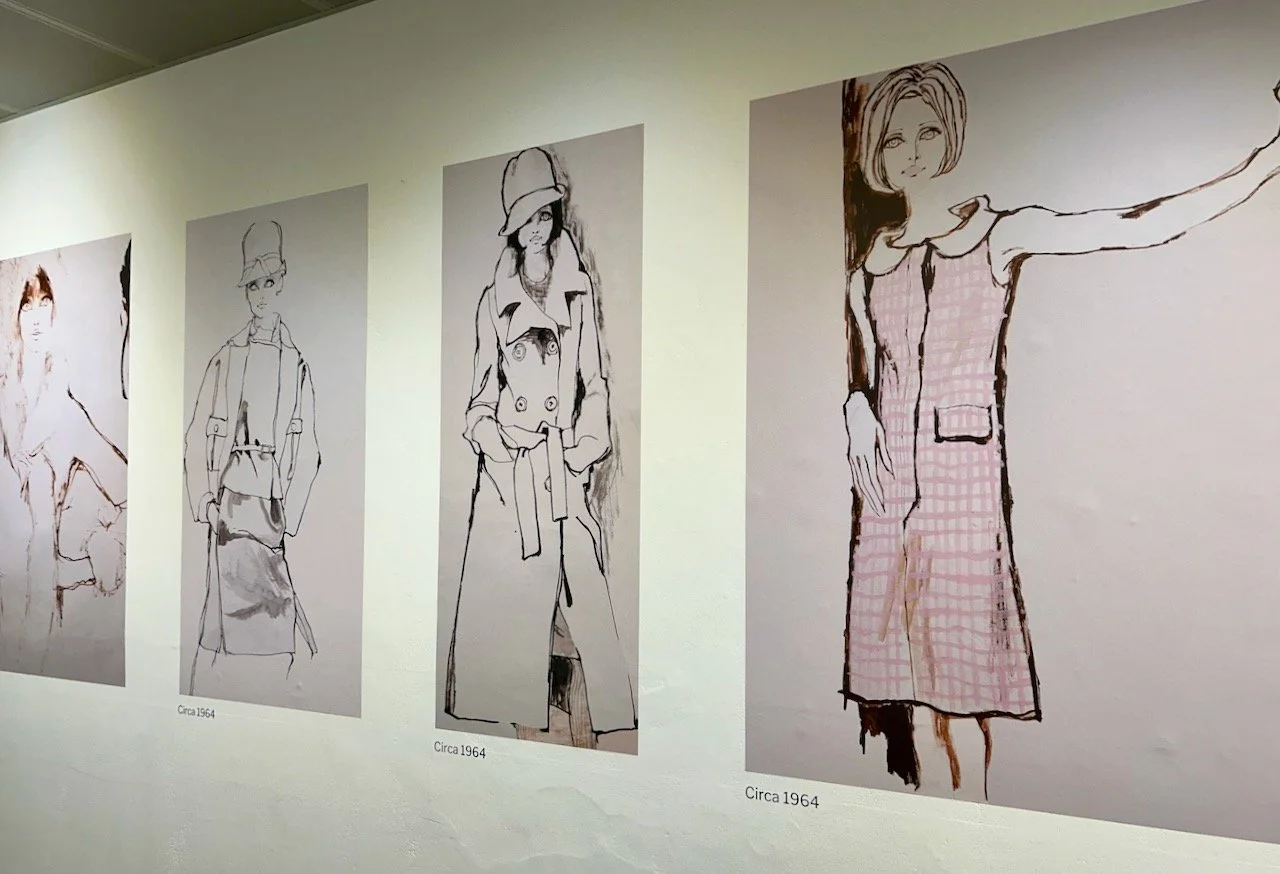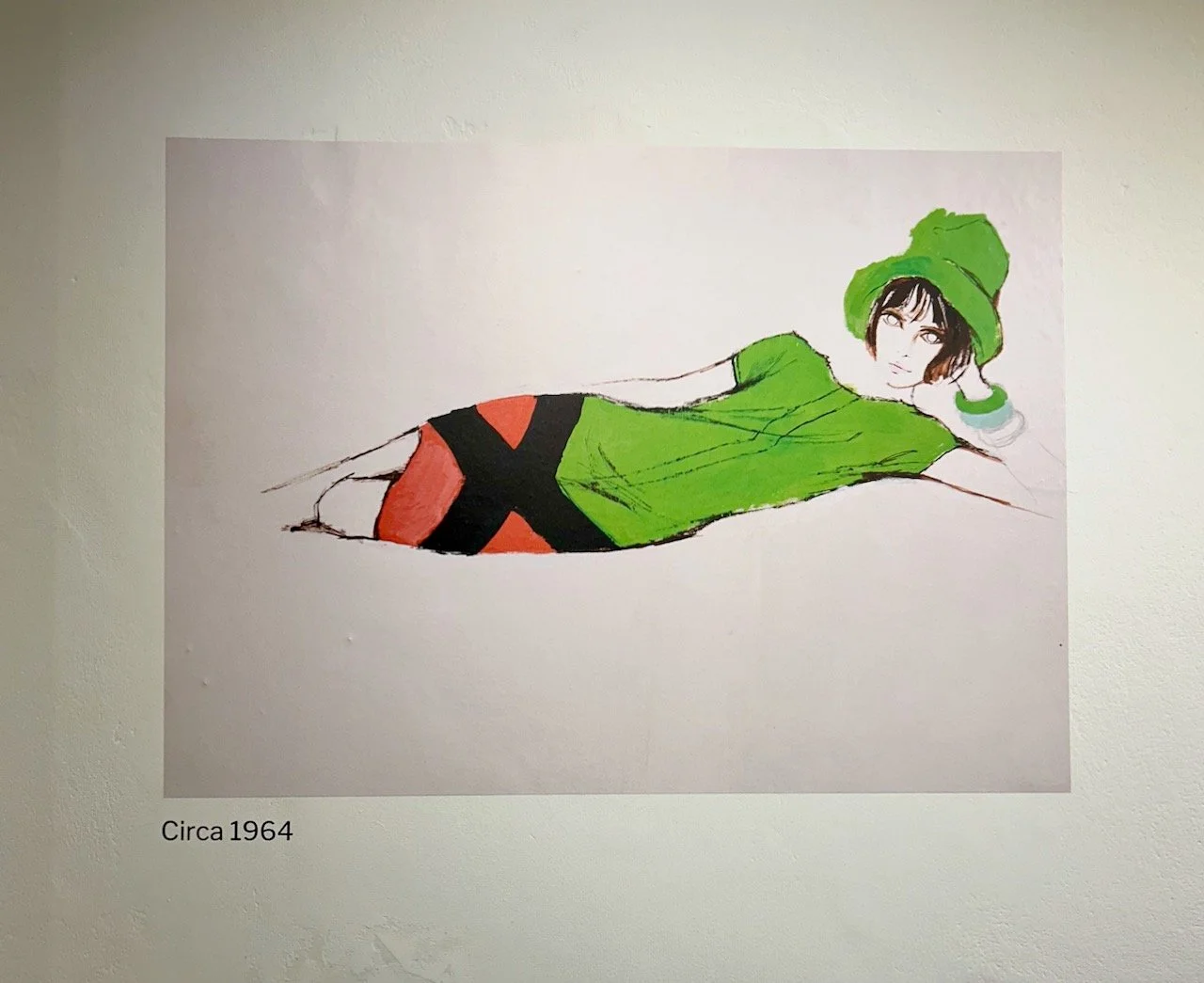Hello there, and welcome back to this week’s #PoCoLo - a relaxed, friendly linky which I co-host with Suzanne, where you can link any blog post published in the last week. We know you’ll find some great posts to read, and maybe some new-to-you blogs too, so do pop over and visit some of the posts linked, comment and share some of that love.
Please don’t link up posts which are older as they will be removed from the linky, and if older posts are linked then please don’t feel that it’s necessary to comment on those. If you were here last week it was great to have you along, if you’re new here this week we’re pleased you’ve joined us.
We had a great evening in Newark last Friday hearing from the gardener Adam Frost about his garden and the songs that have inspired the design in different parts of it - and it made me think that this is something I’ve never thought about. I haven’t thought about it for my own garden too much since either if I’m honest, but it was an interesting insight into how designers ‘trick’ themselves into designing.
Maybe it’s something I’ll come back to and think more about as we progress our garden, who knows - but I am now kind of wondering what music would be right for the greenhouse planning post I’ve linked up this week!
Indoor growing is clearly a theme for me this week as my photo is from the beautiful conservatory at the Belton Estate, one of the closest National Trust properties close to us. We chose to visit on a glorious day, and it was great to be out in the sun and without a coat - but somehow the conservatory still pulled us in, and the 22.5 degree temperature was just as lovely as these flowering amaryllis. I need to find some space in my blog schedule to share more from our visit.
Have a good week.



